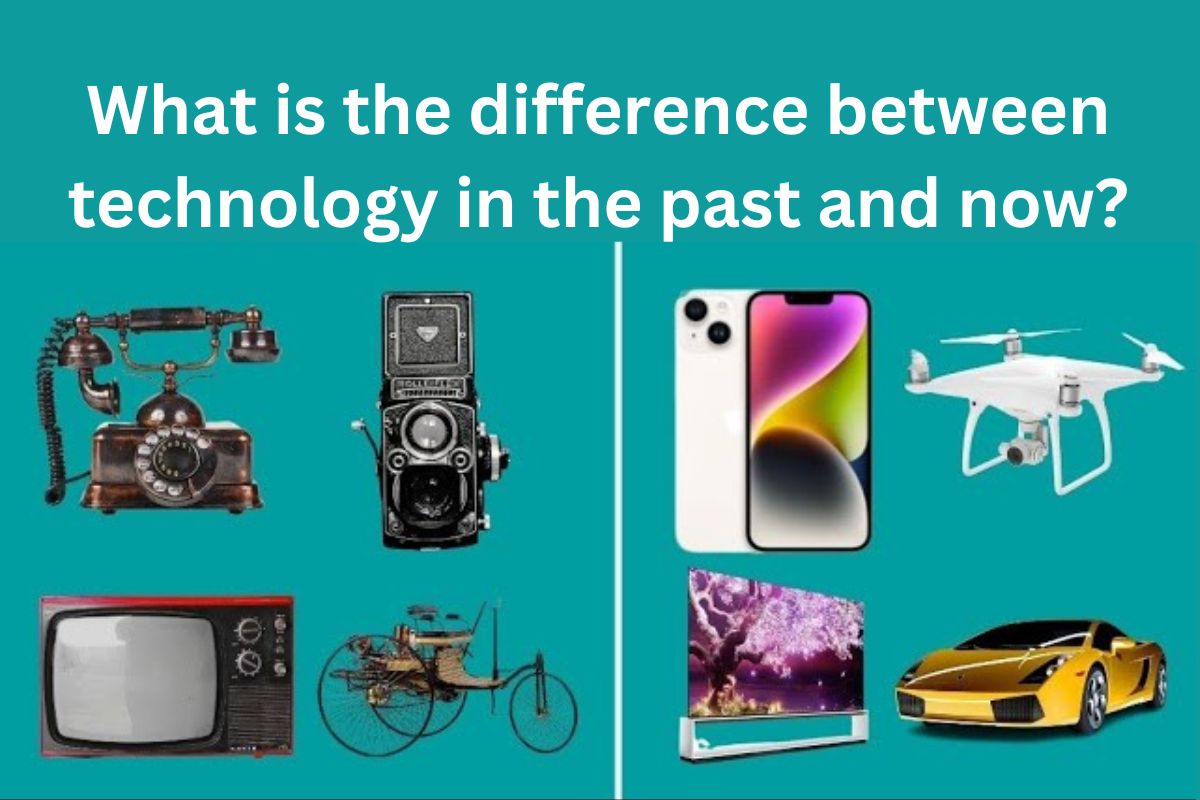
Human augmentation, once a concept relegated to the realms of science fiction, is now a burgeoning reality reshaping the way we live, work, and interact with the world around us. The human augmentation market encompasses a diverse array of technologies and innovations aimed at enhancing human capabilities, from physical performance to cognitive abilities.
At the forefront of human augmentation are advancements in biotechnology, robotics, wearable devices, and augmented reality (AR). Prosthetics equipped with advanced sensors and actuators enable individuals with limb loss to regain mobility and dexterity, restoring independence and quality of life. Similarly, exoskeletons and powered suits augment human strength and endurance, revolutionizing industries such as manufacturing, healthcare, and defense.
Wearable technology is another driving force behind the human augmentation market, with devices ranging from smart glasses and fitness trackers to brain-computer interfaces (BCIs) and implantable sensors. These technologies monitor vital signs, track activity levels, and provide real-time feedback, empowering users to optimize their health, performance, and well-being.
In the realm of cognitive augmentation, AR and virtual reality (VR) technologies are opening new frontiers in education, training, and entertainment. AR overlays digital information onto the physical world, enhancing situational awareness and decision-making in fields such as engineering, medicine, and gaming. Meanwhile, VR immerses users in virtual environments, enabling realistic simulations for training and therapy purposes.
The human augmentation market is driven by a combination of factors, including technological advancements, demographic shifts, and changing societal attitudes toward technology-enhanced human capabilities. As populations age and the prevalence of chronic diseases rises, there is growing demand for assistive technologies and medical interventions to enhance quality of life and mitigate age-related declines.
Ethical and regulatory considerations loom large in the human augmentation landscape, with debates surrounding privacy, consent, and equitable access to technology. As these technologies become more integrated into daily life, it is imperative to address ethical concerns and ensure that human augmentation benefits society as a whole.
In conclusion, the human augmentation market holds immense promise for enhancing human potential and addressing pressing societal challenges. By harnessing the power of technology to augment our abilities, we can unlock new opportunities for innovation, inclusion, and human flourishing in the years to come.


























